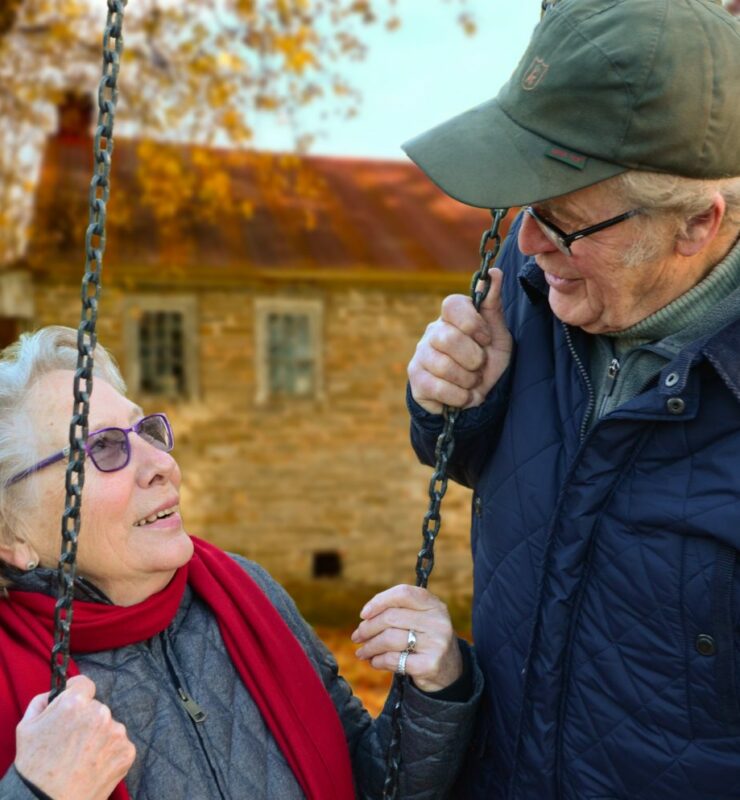The application of Ayres’ Sensory Integration beyond Childhood is something our Director’s Kath and Ros have pioneered and that we specialise in at Sensory Project, mentoring therapists working across the lifespan and at ASI-WISE, through our workshops and courses, including lecturing abroad.
We are delighted to see the publication of this study (not ours!), and a possible new assessment tools for use with older adults. We will be exploring the use of this tool with clients in the UK and Ireland and hopefully be including our experiences of using it in our workshops; How to use and apply Sensory Integration to improve the health and well-being of older adults.
Abstract: There is need for a functional ability test that appropriately assesses the rapid integration of the sensory and motor systems required for older adults to recover from a slip. The purpose of this study was to assess the efficacy and reliability of a novel test, the reactive leg drop, for assessing sensory-motor function in older adults. Fourteen young (YW; mean age = 20yrs) and 11 older women (OW; mean age = 76yrs) participated in this study. For each drop, the leg was passively moved to full extension and then released. The subjects had to recognize their leg was free-falling and reactively kick up as quickly as possible during varying sensory conditions. To assess the leg drop’s reliance on proprioception, other proprioceptive tests (e.g. patellar tendon reflexes and balance) were separately performed. Leg drops performed with the eyes closed (p=0.011) and with a blocked view of their leg (p=0.033) showed significant differences in drop angle between the YW and OW. Significant relationships between leg drop conditions and balance were observed in the OW that were not present within YW. When collapsed across groups, reflex latency was correlated with drop angle when the eyes were closed. The reactive leg drop was age sensitive, reliable, and likely reliant on proprioception, as shown by relationships to other sensory-motor assessments, such as balance and the patellar reflex. Although more research is needed, we propose that the reactive leg drop is an effective tool to assess sensory-motor integration in a manner that may mimic fall recovery.
To find out more click here or visit http://www.physiology.org/doi/abs/10.1152/jn.00713.2017#
